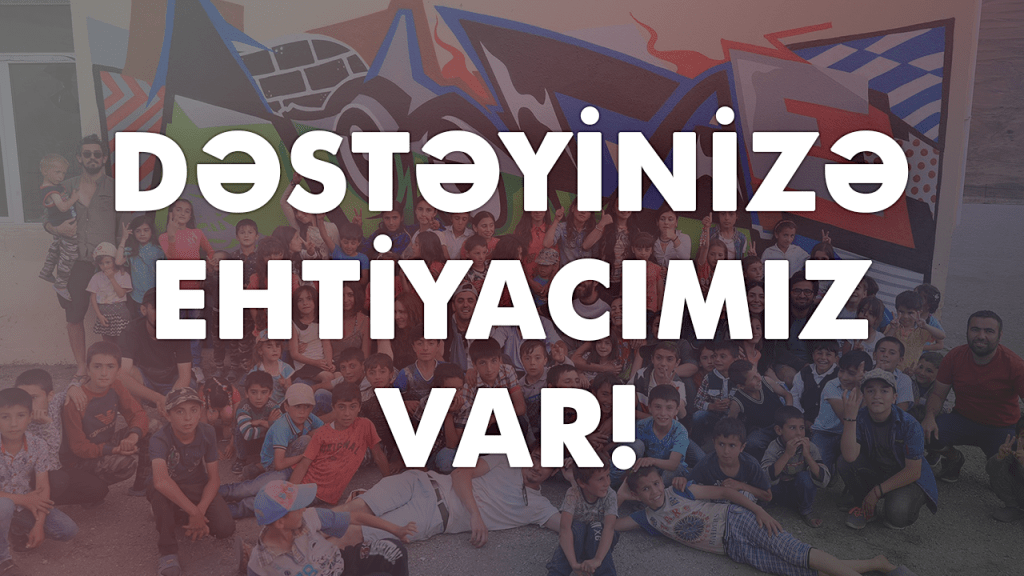Gender Wage Gap in Azerbaijan

Living as a woman in post-communist Azerbaijan, I can’t help but question the unclear place women hold in our society. First and brief look at the statistical indices reveals high educational attainments and labor force participation of women, pointing at the equity between men and women in Azerbaijan. One may find this picture surprising taking into account that historical religion backed patriarchal values had been dominant in Azerbaijan and countries around us. Compared to even modern day Iran, bordering Azerbaijan in the south, liberties enjoyed by women in my country seem to be much wider.
But do these statistics describe a complete picture of women in Azerbaijan’s economy? Is equal labor and educational participation enough to conclude that women in schools and at work place face the same opportunities and treatment as men? To understand the role of women in modern day Azerbaijan at a deeper level, one may start by looking at the descriptive statistics more carefully and make sure that statistics used to argue about the equality of women are not misleading.
The female labor force participation rate had been 62% in 2022 (Azerbaijan Statistical Committee, 2023). Even though it lags behind men’s 69% participation rate, the same indices in neighboring countries like Turkey and Armenia had been 31 and 48% respectively. Similar to the results in the labor market, female participation in education compared to males had been equal. In 2023, the share of female students participating in higher education institutes had been 52%. This level of equitable female participation in the higher levels of education puts even some of the developed countries behind, let alone developing ones.
However, taking one step ahead and delving into wage statistics, may raise some doubts about the guidance of participation numbers. Despite the higher participation of women in the labor force and higher education, can we still have systemic wage or job-position inequalities? Looking at the aggregates in the labor market and education does not provide us with enough information about the status of women in the labor market.
Academic studies hint towards the negative gender wage gap and gender effects on educational returns in Azerbaijan (Pastore et al., 2016; Ismayilov, Aliyev, and Bakirva, 2022). Almost in all the sectors of the economy, the average income of women is lower than men’s, and the gap is staggering in some of them. For example, 36 % of female students accepted to universities study education and pedagogy (Azerbaijan Statistical Committee, 2023), and the majority become either researchers or school teachers. In Figure 1, it’s evident that female researchers earn an average wage that is half that of their male counterparts, while female teachers’ average wages rank among the lowest.

Given that the differences do not show up in the employment numbers but in the wages, it leads us to think that women in Azerbaijan work low-paying jobs. According to a World Bank report, the high median wage gap in Azerbaijan is attributed to workplace segregation, which leads to women working at lower remunerated healthcare and education jobs. (Barriers to Women Employment in Azerbaijan) The workplace segregation of women perhaps raises deeper concerns than the other causes of gender wage gap, such as legal barriers for women’s employment, because policies to battle it may be harder to determine.
“Self-selection” of women into low-paying jobs may be rooted in several factors related to societal norms. Women in Azerbaijan are expected to compromise their careers and assume the role of motherhood. Moreover, extensive networks with men are necessary to progress in the career ladder. However, in Azerbaijani society, any attempt of women to build such networks could easily be misunderstood and may expose them to societal condemnation that decreases the incentives for women to aspire to high-paying career roles.
The “hidden obstacles” against women usually hide under the veil of “equality of opportunity” and refrain societies from taking further actions to achieve the equality of men and women. Another instance of these subtle barriers is in the education system. Studies show that office-hour attendance and academic performance are positively correlated. (Guerrero and Rod, 2013; Smith, 2018) It is reasonable to think that proper digestion of the instruction material at the universities requires one-to-one engagement between professors and students. Considering that the majority of professors at Azerbaijani universities are men and constant social interaction of female students with male professors will lead to increased rumor, hence public disapproval, it is safe to conclude that being a female student at a university brings a different set of educational opportunities than that of men have.
These subtle inequalities require forensic analysis to come to light. Economics Nobel prize winner Claudia Goldin’s extensive work on the history of women in the labor market reveals some of the hidden barriers in the US. Her analysis attempts to find the contributors to the gender wage gap that are not explicitly discriminatory and Goldin shows that “the way work is organized in many professions is especially female-unfriendly.” (Nature, 2023) Because the attitudes toward women are not only work specific but intricately related to the social norms, one should expect to see the patterns of “female unfriendliness” in many social organizations in Azerbaijan.
References
- Guerrero, Mario, and Alisa Beth Rod. “Engaging in Office Hours: A Study of Student-Faculty Interaction and Academic Performance.” Journal of Political Science Education 9, no. 4 (2013): 403–416. https://doi.org/10.1080/15512169.2013.835554
- “Barriers to Women Employment in Azerbaijan.” The World Bank, March 8, 2022, https://www.worldbank.org/en/news/video/2022/03/08/barriers-to-women-employment-in-azerbaijan#:~:text=Women%20tend%20to%20work%20in,more%20than%20women%2C%20on%20average.
- Azerbaijan Statistical Committee. “Population Statistics 2022.” Azerbaijan Statistical Committee, accessed January 15, 2023, https://www.examplewebsite.com/population-stats-2022.
- Ball, Philip. 2023. “Why Women Earn Less than Men: Nobel for Economic Historian Who Probed Pay Gap.” Nature 622 (7983): 444. https://doi.org/10.1038/d41586-023-03190-4.
- Altay Ismayilov, Khatai Aliyev, and Nigar Bakirova, “Return to education in Azerbaijan: Does gender matter?,” ResearchGate, accessed December 20, 2023, https://www.researchgate.net/profile/Khatai-Aliyev/publication/364483039_Return_to_education_in_Azerbaijan_Does_gender_matter/links/644d4f9f5762c95ac36084bc/Return-to-education-in-Azerbaijan-Does-gender-matter.pdf






1 Comment
It is one of the most well-rounded and perfectly researched works that I have read in a while. The article is a perfect mix of informative and analytical writing that makes you want not only to continue reading it but also forces you to think deeply about the discussed issue. Well done!